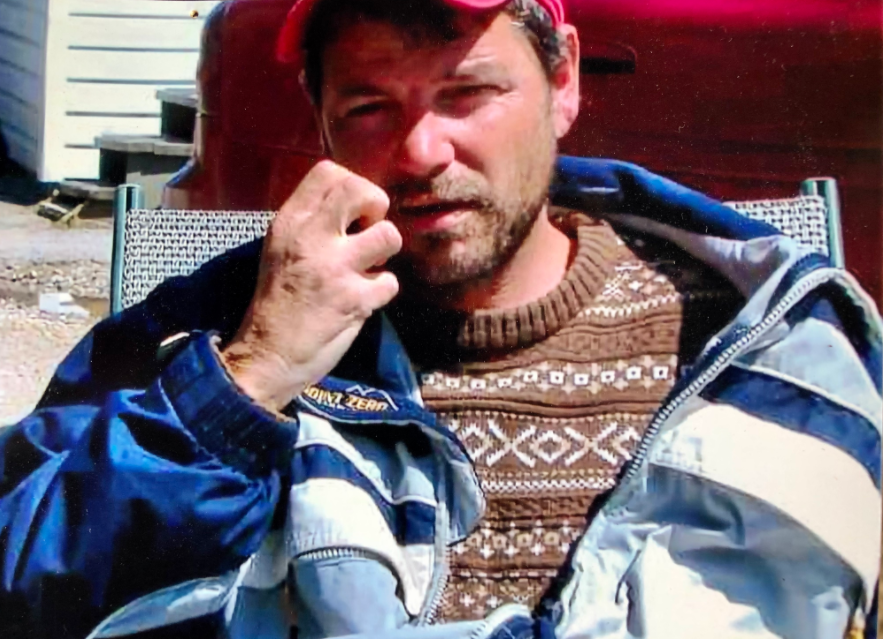Editor’s note: The following contains graphic details that could be disturbing for some readers.
Nickolas Pasowisty and his father, James, both died of a series of sharp-force injuries, a pathologist told a Barrie court Wednesday during the third week of a double-murder trial.
Dyrrin Daley, 28, is accused of first- and second-degree murder in the deaths of 19-year-old Nickolas and his 51-year-old father, James, four years ago.
Their bodies were found by Barrie police officers inside their Allandale apartment after police received two 911 calls from inside the second-floor duplex on Feb. 8, 2017. They both died from multiple stab wounds.
The defence maintains Daley acted in self-defence.
Before hearing the day’s evidence, Justice Vanessa Christie warned that the court was expected to be presented with “sensitive information” through testimony and photographs.
The pathologist discussed the 35 stab wounds on Nickolas’ body, which included several that penetrated his lungs. Four were to the head, six to the neck, nine to the torso, and 16 to the extremities. There were another 20 or more blunt-force injuries.
Dr. Andrew Williams, who appeared at the murder trial virtually through Zoom, used pictures to describe the size, nature and extent of each of the wounds, while also discussing the impact some would have had.
Williams said the wounds to the mouth, voice box and tracheal areas would have been incapacitating, limiting the ability to breathe or make talking sounds. Wounds to the chest resulted in a Hemopneumothorax, causing blood and air to enter the chest cavity that could have also impaired the ability to speak, he added.
The pathologist testified there were also injuries to the nerve of the left leg and tendon of the right Achilles that could have impacted normal movement.
“It’s just medically implausible that this degree of injury would be survivable for a great deal of time,” Williams said.
Earlier in the trial, the prosecution presented what it called a bat knife with one blade extended that was found bloodied in the teenager’s room. Its handle is shaped like the body of a bat and when the blades are both extended they form the wings.
Williams pointed to a photograph of a penetrating knife wound to the teenager’s lung that had two small parallel abrasions above it.
There is a possibility, Williams said, that the small bat ears protruding from the base of the knife's handle could have caused those wounds, although he stressed there remained the possibility those wounds could have been caused in some other way.
Meanwhile, court heard James had 38 sharp-force injuries in total, along with many blunt-force wounds.
Some of the penetrating chest and lung wounds allowed air to enter the chest cavity. Williams said that could have impacted the ability to breathe given that he found there was previous impact on the lungs caused by smoking.
The injuries to the chest and abdomen didn’t show a great amount of blood accumulation, suggesting death occurred shortly after the injuries were sustained, Williams told the court.
Their injuries, the pathologist added, were caused by an instrument that was sharp on one side and blunt on the other.
Both men also had defence-type injuries to their arm areas, court heard.
Toxicology tests found both the father and son showed elements of cannabis in their systems, but no other substances.
